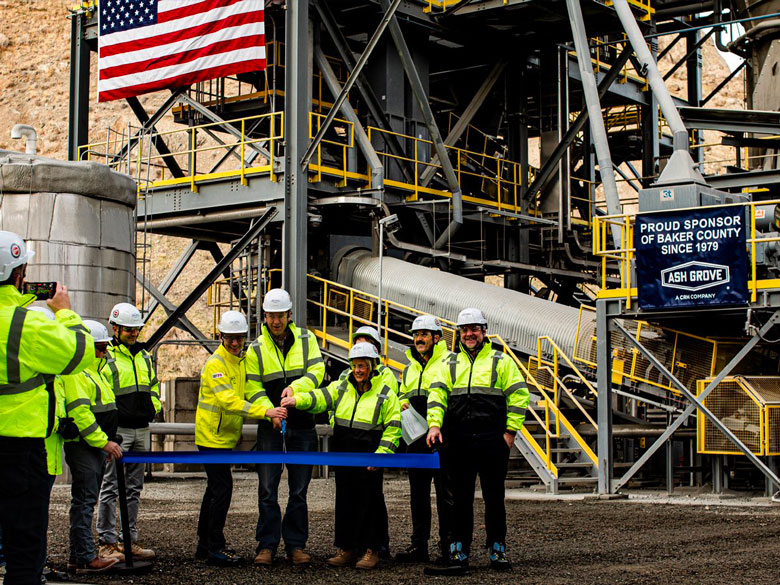The California Nevada Cement Association (CNCA) has outlined key opportunities and actions for the industry to achieve net zero carbon emissions by 2045.
The association noted that the cement industry supports California’s greenhouse gas (GHG) reduction goal and is committed to achieving carbon neutrality, consistent with the reality that it is necessary to curb emissions in order to avoid the worst impacts of climate change.
“Releasing this industry-wide roadmap is an exciting and critical step toward carbon neutrality,” said Tom Tietz, executive director of CNCA. “However, we cannot get to net zero alone and this roadmap is also an invitation for state leaders, environmental groups and stakeholders throughout the cement-concrete-construction value chain to collaborate on pursuing this bold goal.”
CNCA’s roadmap outlines three major pathways to carbon neutrality: Reducing manufacturing process emissions; reducing combustion emissions through fuel switching; and increasing distributed electricity generation.
Many of the technologies, fuels, materials and processes for dramatically reducing the industry’s emissions footprint already exist. However, barriers including statutory, regulatory and permitting hurdles, market acceptance barriers, cost challenges, supply limitations and technology gaps delay or constrain deployment and limit their impact.
“We are committed to providing innovative and sustainable solutions including low-carbon cement and concrete that is critical to a low carbon future and circular economy,” said Allen Hamblen, president and CEO of CalPortland, a member of CNCA. “We recognize there are no shortcuts to achieve carbon neutrality. We look forward to working with key policy and regulatory decision makers to urgently address barriers to emission reduction opportunities.”
The roadmap details key emissions reductions strategies for each pathway, but the three immediate, most impactful opportunities for 2021 are:
- Acceptance of portland limestone cement (PLC) for Caltrans projects.
- Invest in a promising and critical long-term technology – carbon capture, usage and storage (CCUS).
- Reduce combustion emissions by switching to lower emission fuel alternatives, such as engineered waste materials and biomass.



